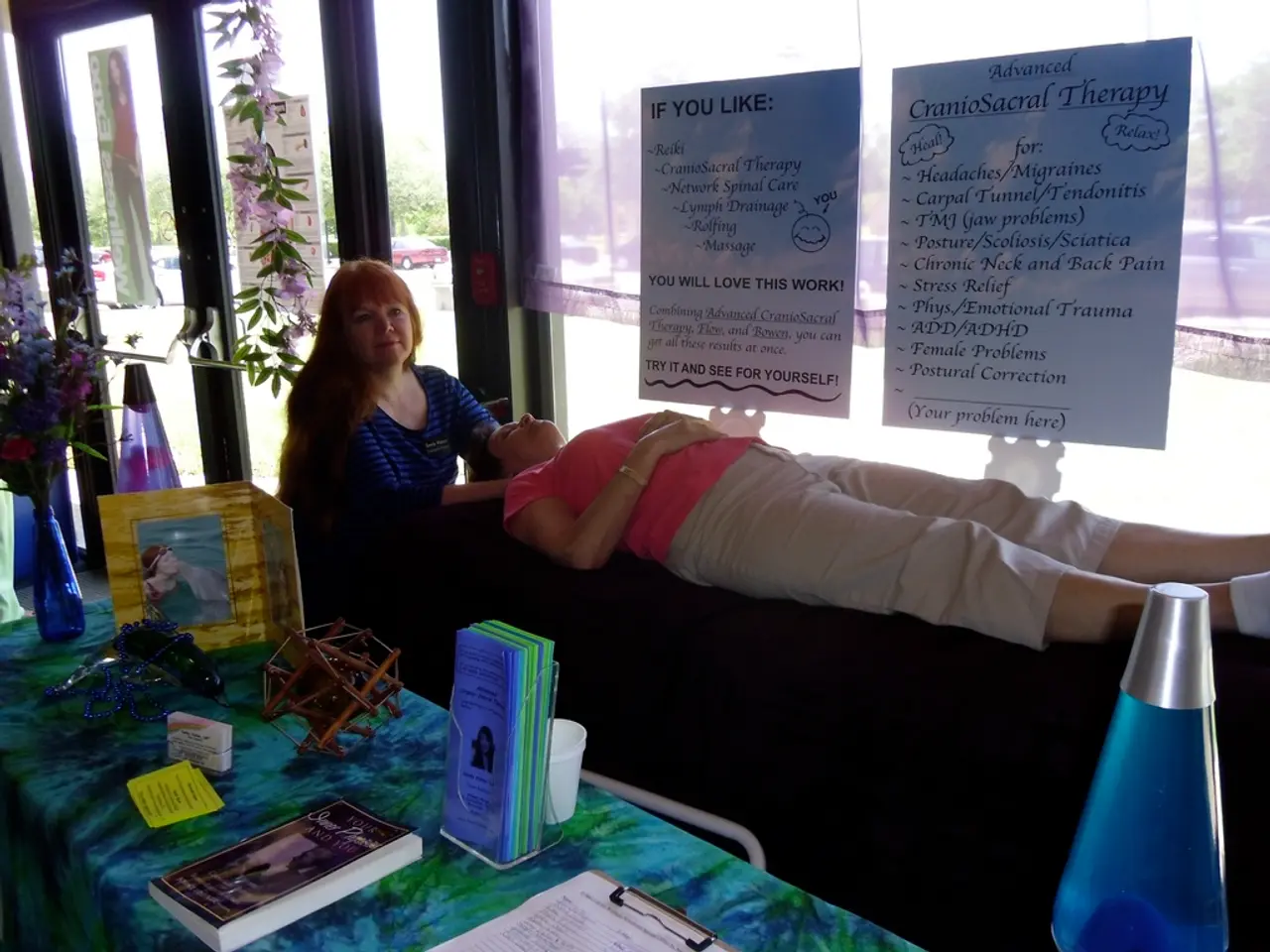Strategies for Easing Pain from Carpal Tunnel Syndrome
Managing pain caused by Carpal Tunnel Syndrome (CTS) can be achieved through a combination of conservative, non-surgical approaches, ergonomic modifications, and alternative therapies. Here is a detailed overview of these strategies:
1. **Rest and Activity Modification** Rest is essential to reduce repetitive strain and avoid exacerbating symptoms. Activity changes include taking frequent breaks, avoiding repetitive wrist motions, and adjusting hand positioning during tasks to minimize pressure on the median nerve.
2. **Wrist Splints** Wearing a wrist splint, especially at night, keeps the wrist in a neutral position, preventing excessive bending that compresses the median nerve. Splints are effective in relieving numbness, tingling, and pain during sleep and can be supplemented by non-immobilizing supports for daytime use.
3. **Physical Therapy and Exercises** Hand and wrist exercises stretch and strengthen muscles and tendons around the carpal tunnel, promoting better nerve gliding and reducing inflammation. Common exercises include wrist extension and flexion stretches, median nerve gliding, and strengthening routines targeting wrist flexors and extensors.
4. **Pain Medication** Over-the-counter nonsteroidal anti-inflammatory drugs (NSAIDs) like ibuprofen can help reduce swelling and pain. In some cases, corticosteroid injections into the carpal tunnel are used to rapidly reduce inflammation and provide temporary relief.
5. **Cold and Heat Therapy** While not explicitly detailed in the search results, cold therapy (ice packs) is commonly used to reduce inflammation and numb pain. Heat therapy can relax muscles and improve blood flow, potentially relieving stiffness. Combining both may benefit some patients, but care should be taken to avoid skin damage.
6. **Ergonomic Modifications** Adjusting the workstation to maintain a neutral wrist position reduces nerve pressure. Use of ergonomic keyboards and mice, padded tools, and proper typing postures is recommended. Regular breaks to stretch and change posture help prevent further nerve irritation.
7. **Alternative Therapies** Acupuncture, chiropractic care, massage therapy, osteopathic manual therapy, and yoga may offer relief by improving circulation, reducing muscle tension, and promoting normal nerve function.
By combining these strategies, patients with Carpal Tunnel Syndrome can effectively manage pain, improve function, and potentially avoid or delay the need for surgical intervention. Always consult a healthcare provider for personalized treatment plans. Patience and consistency are crucial in a treatment plan for carpal tunnel syndrome. If symptoms persist or worsen, seek medical attention for further evaluation and guidance. Proper height and angle for the keyboard and mouse are important in ergonomic modifications. It's essential to consult with a healthcare professional before trying alternative therapies.
- In addition to conventional treatments, science suggests that certain diets rich in nutrients can contribute to the overall health and wellness of individuals managing chronic conditions like chronic-kidney-disease.
- For those with mental-health issues, fitness-and-exercise routines, combined with CBD, have shown promising results in reducing anxiety and improving mood.
- Beyond conventional medications, therapies-and-treatments like cognitive-behavioral therapy (CBT) have been successful in addressing the psychological aspects of chronic-diseases such as chronic-kidney-disease.
- As medical-conditions like Carpal Tunnel Syndrome can affect an individual's everyday life, it's crucial to consider proper nutrition and ergonomic modifications to ensure a comfortable working environment that promotes fitness-and-exercise.
- In the pursuit of holistic health-and-wellness, incorporating alternative therapies such as acupuncture, yoga, and essential oils (like CBD) into a lifestyle can provide relief from chronic-kidney-disease symptoms and enhance the effectiveness of traditional treatments.




